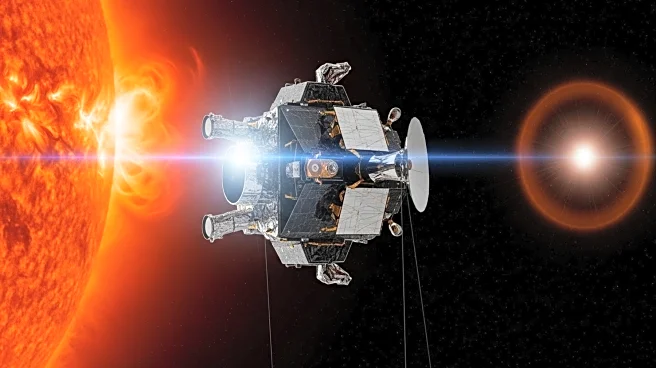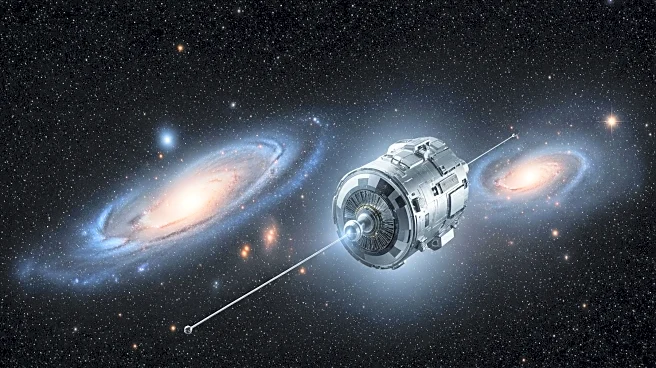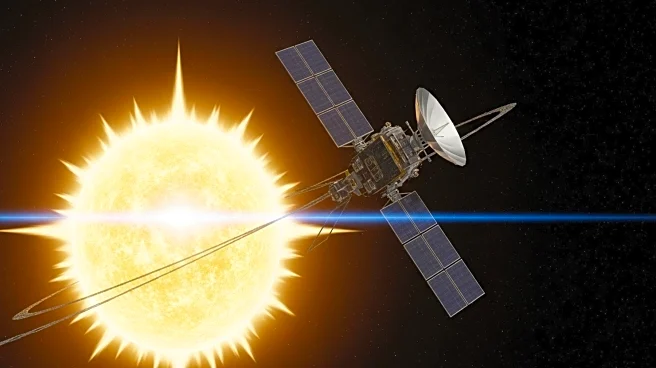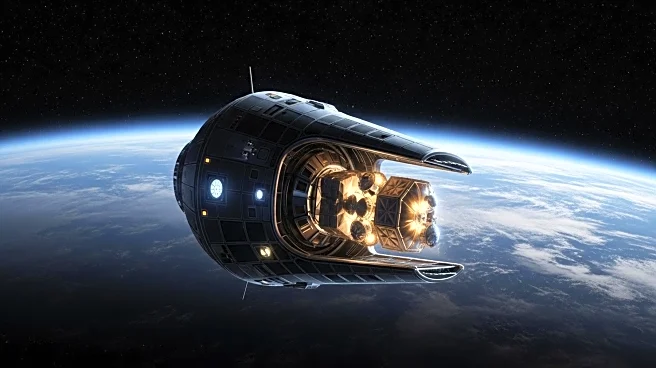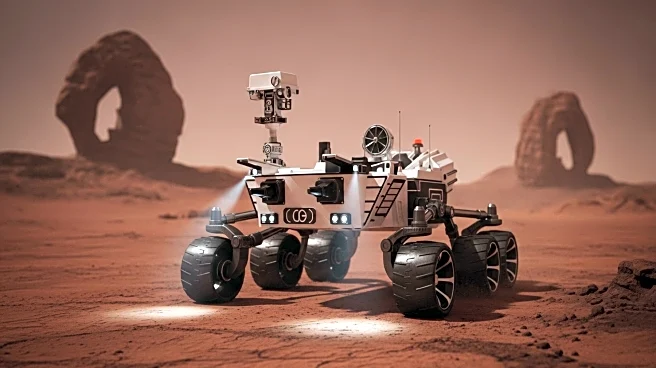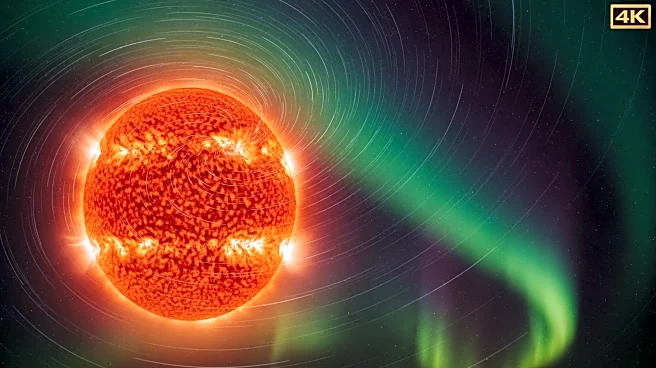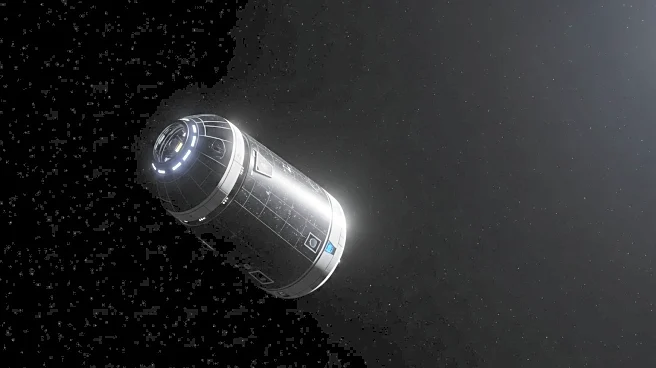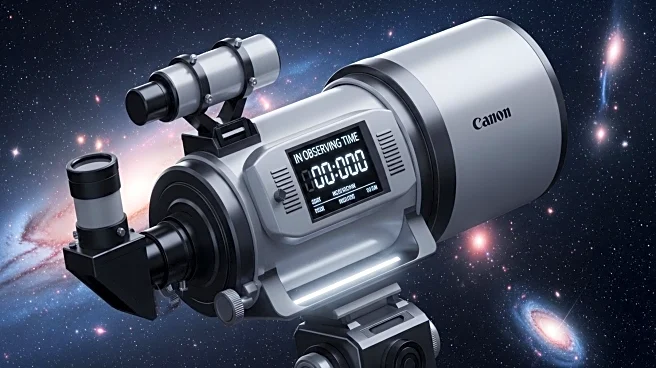What is the story about?
What's Happening?
The Ulysses solar probe, a joint NASA-ESA mission, made its closest approach to the Sun's south pole on September 13, 1994. Launched in 1990, Ulysses was tasked with studying the solar wind, mapping the heliosphere, and conducting detailed observations of the Sun's poles. Over its 18-year operational lifespan, the probe completed nearly three solar orbits, providing unprecedented data on solar wind dynamics and polar characteristics. Ulysses was equipped with a variety of instruments to measure solar and cosmic phenomena, contributing significantly to the understanding of the Sun's magnetic field and heliosphere.
Why It's Important?
The Ulysses mission marked a significant advancement in solar research, offering the first three-dimensional map of the heliosphere and new insights into the behavior of solar wind and the Sun's poles. This data is crucial for understanding solar activity and its impact on space weather, which can affect satellite operations and communication systems on Earth. The mission's findings have laid the groundwork for future solar research and have enhanced the scientific community's ability to predict and mitigate the effects of solar phenomena.
What's Next?
Although the Ulysses mission concluded in 2009, its legacy continues to influence current and future solar research missions. Scientists are building on the data collected by Ulysses to develop more advanced probes and instruments for studying the Sun. The insights gained from Ulysses are expected to contribute to the development of technologies that can better predict and respond to solar events, ensuring the safety and reliability of space-based systems.
AI Generated Content
Do you find this article useful?
